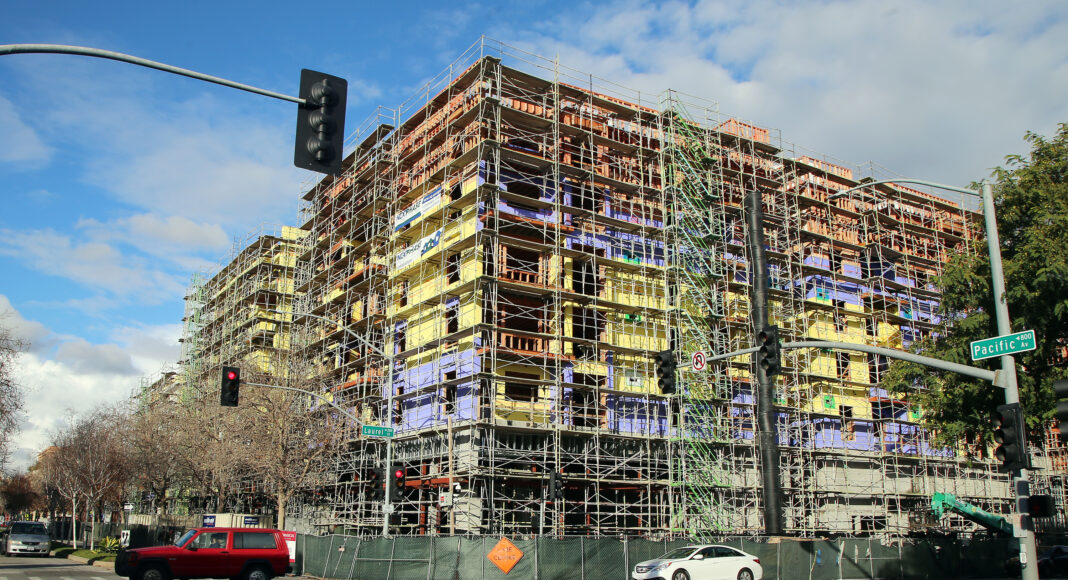A new report from the Civil Grand Jury takes square aim at the affordable housing crisis in Santa Cruz County and demands local planners do more to tackle the problem.
The document, published June 2, finds that while municipal officials have a good understanding of State housing mandates that seek to add residential capacity, they haven’t done enough to carry out marching orders.
In the report, jurors note that the impending increase of the UCSC student body to 28,000 students has the potential to make an already difficult situation worse.
They flagged Capitola for relying primarily on carriage homes (also known as accessory dwelling units) as its contribution to alleviating the housing crunch.
“There is little evidence that ADUs are prioritized for rental to local workers, and there is little chance that ADUs alone can meet the housing needs for the 6th Cycle Housing Element,” the report states, referring to the Regional Housing Needs Allocation (RHNA) process that stipulates how many units—and of what type—each municipality must produce. “Capitola and the County of Santa Cruz need to work together to facilitate significant housing in the mid-county area where a large percentage of jobs are located.”
The Civil Grand Jury also notes Capitola hasn’t made much progress in turning its mall into a mixed-use development, where people could live and work.
Similarly, it looks at how Scotts Valley hasn’t moved the ball very far down the field on its Town Square project.
The municipality “claims to have significantly fewer resources to attract housing planners and builders than do the bigger municipalities of Santa Cruz, Watsonville and the county…but that does not mean the city should be exempt from the need to construct housing for local low income workers,” the report reads.
The jurors want to see Scotts Valley identify enough parcels of land so it can meet the new RHNA obligations.
The community is well on its way, given what was recently revealed in its initial draft Housing Element.
Scotts Valley’s current draft makes way for 78% more homes than required—2,173 total units, including40% more low and very low units than required (906 split between the two categories).
It’s unclear how well these initial projections will stand up to community and regulatory scrutiny, given that some community members have already questioned how realistic the affordability assumptions are.
The report recommends the county come up with a plan, by the end of the year, to work with other local governments, businesses and nonprofits to build low income worker housing, particularly on properties like the old drive-in theater (which is near public transit).
The report wasn’t all negative, though.
The Civil Grand Jury gave a shout-out to Santa Cruz for its affordable housing progress.
“By acquiring and using City owned property, and seeking State grants and other outside funding, Santa Cruz is developing projects that are more affordable for tenants,” the report reads. “With projects already underway and in the pipeline, Santa Cruz is on track to meet its 5th Cycle Housing goals, though the 6th cycle will present a larger challenge.”
Jurors also praised Watsonville’s ability to continue to create housing during the years when other municipalities did not.
And they noted players such as school districts, Peace United Church, Cabrillo College and UCSC have been working collaboratively to design and build affordable housing for teachers, staff and students.Report urges planners to create more spaces for people to live















Why is Capitola, small town with under 10k residents and less than 5 square miles, being told to increase its population by 25%? The mall renovation is under who’s ownership? ?